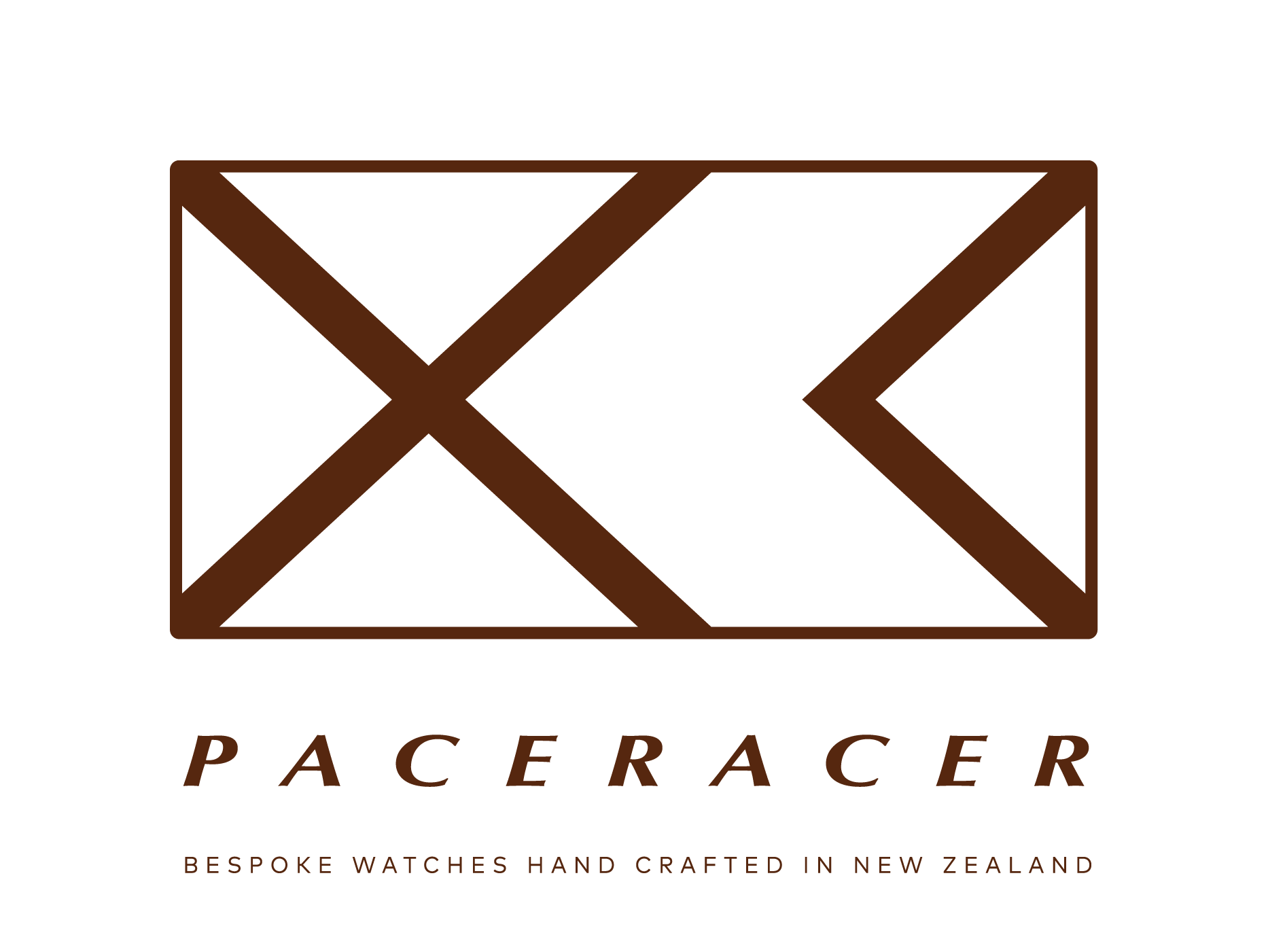Handmade or Hand produced - the anomaly
If we were to say we hand make a watch, we’d be liars.
We’d be ignorant, we’d be unknowledgeable, we’d be incapable. We wouldn’t be able to make a watch. If we legitimately were to tell you, that we handmade watches, we’d be liars because it would prove that we knew nothing about making a watch.
The only thing that was ever handmade, was the first tool ever made.
Nothing is handmade, we believe the term is a lie in definition. The term is and has been, carelessly and over used. Whether it’s a handmade wedding dress to an automated production line, a degree of hands are used, a degree of tools are used but far many more degrees of experience, knowledge, muscle memory and hindsight is required, and furthermore on top of that better tools assist to make a better result for the requirements. We’ve been told by many to call our watches handmade, but we don’t.
What we do is different, and we do what no one else does.
We Hand Produce watches in New Zealand. One at a time, at the bench.
We are so dedicated to producing that watch by hand ourselves, we even manufacture our own packaging.
Down to every detail, we craft our watches ourselves inside and out, every step of the way.
Photo of raw unfinished metal watch case parts, testing assembly of an automatic movement.
Please, enjoy some of our facts.
70% of the time required to produce a watch we spend physically doing in Auckland with our hands
We help keep local manufacturers running and contribute to the New Zealand economy
Some watches take 400 hours to create and up to 8 months.
Innovative tools & new equipment are developed to produce our watches in Auckland.
We spend unfathomable amounts of time engineering the way the watch parts fit together, to be proportioned to our design language.
Watch cases can take nearly a day to polish, using 4 grades of polishing compound, and up to 8 different micro polishing mops at our desk.
We create finished dials by hand. It takes fours stages to spin the metal texture and bring the dial to life. We spent over a year working on to bring out the right amount of honesty in the metal.
The hand assembly uses small tools, specific for the different watchmaking stages. We use very, specialised techniques, involving a deep understanding of the assembly of fine components, this all happens at the same desk we design the watches at.
Every tenth of a millimetre of our watch has been designed & engineered by us. The watch case is the most complex part, the next is the dial, following that the caseback.
Technologically advanced precision is required to make the external shapes of our watches out of metal as well as the internal intricate shapes. Diamonds are utilised to cut the components to exacting sizes, and the machinery required to produce our bespoke parts costs $300,000 NZD - $450,000 NZD along with an expert level of experience to operate.
Dials of our watch are cliche & gravure printed in Christchurch, by hand, using specific art application machinery, or fibre optically engraved in Auckland.
The outer case of the watch parts, the caseback, the lugs, these are all polished, textured, and finished by hand using artisanal techniques, which we took years to learn from the great Swiss watchmakers.
80% of all our watch cases are precision cut in New Zealand
For specific parts we can’t form ourselves, we work with specialist ISO certified suppliers in and outside of New Zealand.
Our movements are made by Swiss & Japanese manufacturers, some have been making movements for hundreds of years. We use automatic mechanical, manual wound mechanical, chronometers, and quartz mechanisms. Alongside our Christchurch case machinists & engineers, we work with other Auckland machinists & engineers, as well as in Taipei & Shenzhen and select the best specialist for each job at hand. The mesh bracelets are produced in Germany by a family-owned business, who create the cleanest woven metal we could find. To find them, we tested 10 different Milanese mesh suppliers over 3 years ago. The sapphire is made by an optical sapphire glass manufacturer in Shenzhen, we went through 8 suppliers to find them. They make sapphire glass, which is the second hardest material to diamond, it covers the watch dial and protects it. Screws are made in England. Leather straps are made in Spain & Austria.
Photo taken of our Sangfroid watches at Crane Brothers watchmaking event
If you have read this far, you may still be wondering what Hand Produced means.
All we know is all we care about, and that is that watchmaking is a precision art, a very unforgiving art, but a very rewarding art. An art that relies on progress, originality and technique, to invent our own watches and Hand Produce them in New Zealand.
Handmade is an illusion, and was relevant hundreds of years ago.
Hand Produced is our way of being honest about how we make watches in the 21st century.
A photo from our virtual consultations during Corona lockdowns in 2020. These were for Provenance watches.



